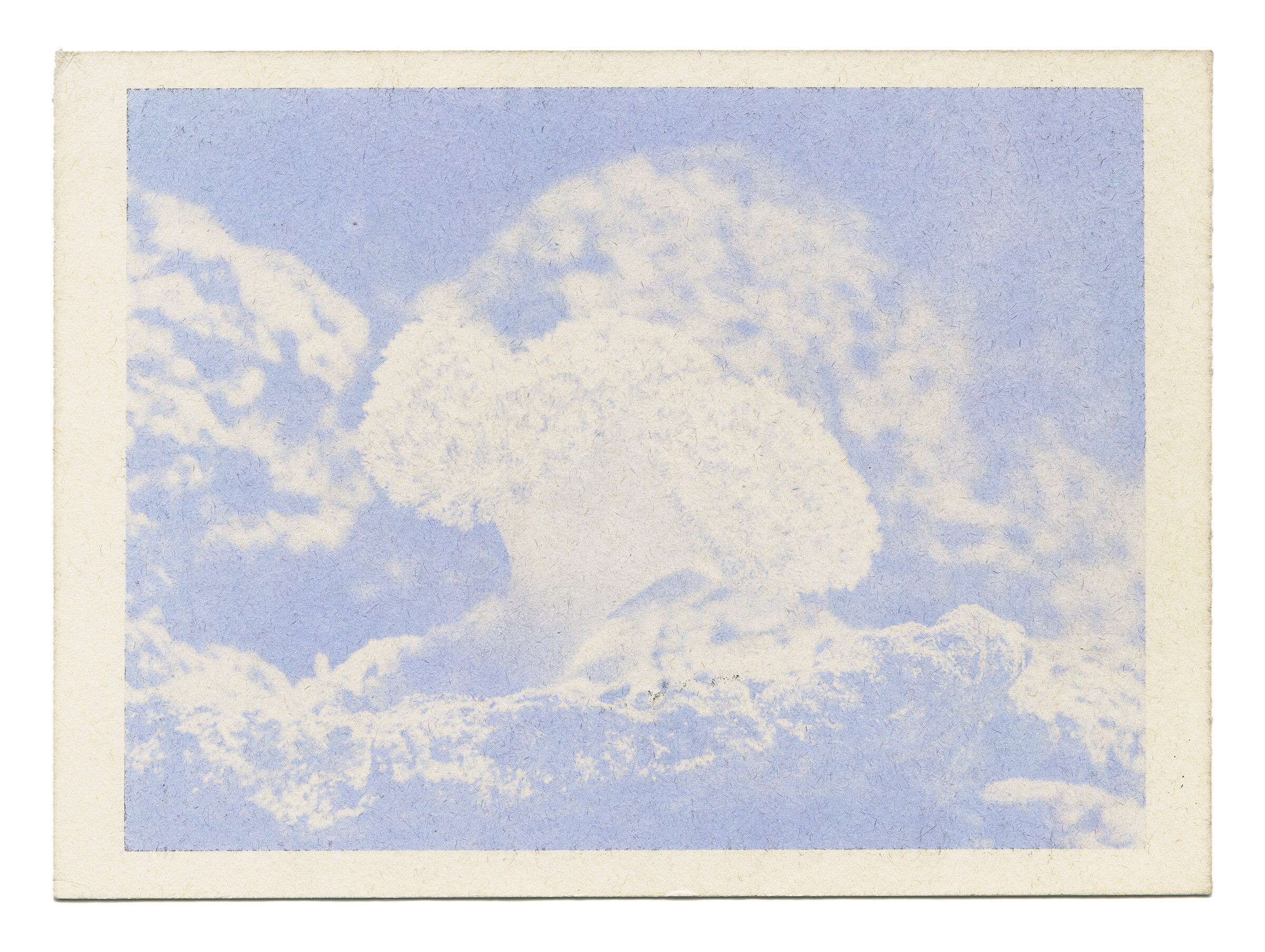ARTIST BREAKDOWN P.IV: Photography is Dead...
Photography is Dead... Long Live Photography!
GROUP EXHIBITION
January 8 - February 20, 2021
Over the next few weeks, we’ll be highlighting works currently on display here at the gallery. Follow along here and on social media for some background on each maker and their process. The call for this show was centered around 2020: what were the artists’ works-in-progress? What was that one-off piece that felt right in the moment, but didn’t fit into a larger series? What was their current reality? What were their thoughts and feelings about the future?
Svetlana Jovanovic, Savannah & Kenny, 2020. Archival Pigment Print, 16 x 14 inches, Unframed. Edition 1 of 10. $850. Inquire to Purchase
This intimate embrace, considered commonplace before 2020, elicits such a visceral response in this time of social distancing.
Photographer Svetlana Jovanovic explained that after the first few months in lockdown and isolation, it was touching to witness and photograph these two young people in love; they have each other, and their own world, to escape to from everything that’s going on around them, or, alternatively the strength to face it together. "I wish for everyone, myself included, to have that in 2021 (and beyond)."
Jovanovic was moved by the act, stating that in the current climate, physical closeness oddly borders on civil disobedience, leading her to think about the future of intimacy in the years to come.
Galina Kurlat, July 13: Hair, Beard Clippings, Saliva, from the series, Charting the Hours, 2020. Unique Silver Gelatin Print, 16 x 30.25 inches, Framed. $3800 Inquire to Purchase
Galina Kurlat's large, planetary lumen print combines alternative photo process with reflection on her own quarantine experience. The piece serves as documentation of time spent in intimacy and isolation:
"Not long into our quarantine I found a combination of mine and Adam’s hair in the shower drain, evidence of what remains of our bodies, but lies outside of our conscious experience. Using the materials available to me at the time, I made a lumen print of the hair. What started out as an experiment quickly became an index of two bodies coexisting through a pandemic.
Hair, spit, blood, urine and nail clippings all left their marks on the surface of photographic paper. These prints were then exposed to natural and artificial light for days which resulted in surprising changes in color and density. Our collective bodily fluids stuck to the paper marking it in unpredictable ways and permanently changing the chemistry of the paper itself. These prints were then fixed and washed which removes the original media, leaving behind evidence of intimacy and lived experience."
Nava Levenson, a love letter to citrus 1, 2020. Polaroid, Archival Ink Print, Collage, Poetry, 11 x 8.5 inches, Framed. Edition 1 of 7. $230. Inquire to Purchase
Susan Burnstine used her signature photo techniques to create this dreamlike landscape among the destruction of the California wildfires.
”This image was shot at the height of the fires that were ravaging California in September of 2020 and is part of my latest series, Where Shadows Cease. This series further explores the connections between the personal and collective unconscious during an unparalleled period in America when much of society is too busy, distracted, over-stimulated, divided and besieged by social media to reflect on what our dreams are trying to convey. Through revisiting iconic locations and landscapes across the United States I have explored the corridors of this land through visual metaphor and symbolism as a means to uncover the hidden uniformities that reside within the nations’ collective unconscious during this unparalleled time. By infusing common dream themes and symbols found within the familiar, I have observed commonly shared memories and universal representations found at places connected to the ethos of the “American Dream,” which reflect the collective hopes, fears and aspirations found in the social topography of America."
Elizabeth Ellenwood, Fading Reefs 1, 2020. Anthotype Print Made with Red Cabbage. 4.5 x 6 inches, Framed. Monotype. $400. Inquire to Purchase
Elizabeth Ellenwood, Fading Reefs 4, 2020. Anthotype Print Made with Red Cabbage. 4.5 x 6 inches, Framed. Monotype. $400. Inquire to Purchase
Two of several process-heavy pieces in the current show, Elizabeth Ellenwood’s delicate anthotypes will fade with time, sending a message in the process:
“Our ocean’s coral reefs are rapidly turning into anemic wastelands due to global warming. Fading Reefs aims to visually communicate coral bleaching through the photographic process of anthotype printing, which uses the light sensitivity of plants to create a photograph. The print develops as the sunlight destroys the pigment in the exposed areas of the plant emulsion, bleaching the print. Unable to be fixed, the prints will fade over time. T
he anthotype process is a perfect way to tell the reefs’ stories, the bleaching pigment in the prints references the devastating loss of pigment rich algae that not only give corals their colors, but most importantly keep them alive. The anthotype prints in Fading Reefs are delicate, time sensitive, and beautiful – just like our ocean’s coral reefs.”





